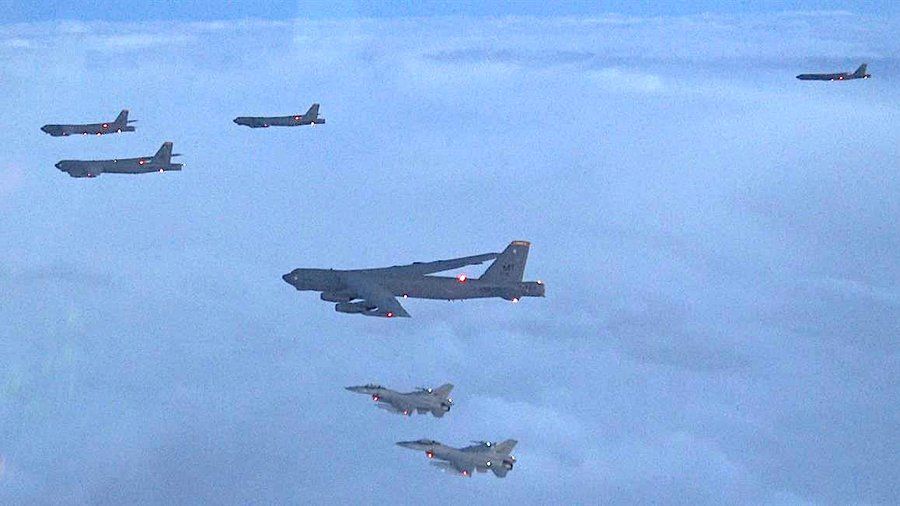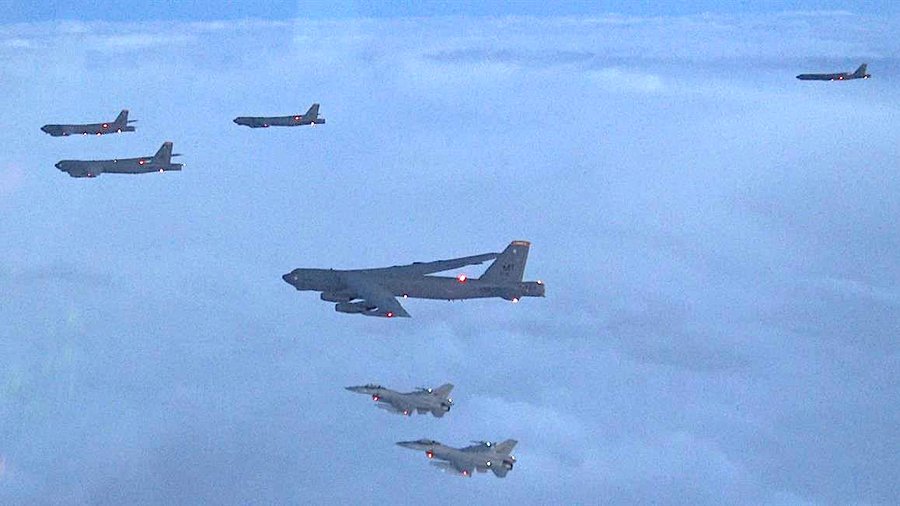As US-China tensions rise over Taiwan, Washington urges Japan and Australia to define their roles in case of war. The world watches anxiously.

Rising Tensions: U.S. Urges Allies to Prepare for Taiwan Conflict
In a chilling signal of how close the world may be to a potential conflict between the U.S. and China, Washington is now pressuring key Pacific allies — Japan and Australia — to define their military roles in the event of a war over Taiwan. While no formal war has begun, the tone of recent diplomatic and military briefings paints a stark picture: the era of speculation is ending, and the era of planning is beginning.
The United States, aware that it cannot face China alone in the Indo-Pacific, is seeking absolute clarity from its allies about what happens if Beijing crosses the red line and launches a full-scale invasion of Taiwan.
And frankly, the world is holding its breath.
What’s at Stake?
Taiwan is no longer just a geopolitical issue — it has become the flashpoint for what could be the most dangerous war of the 21st century. China sees Taiwan as a breakaway province. The U.S. sees it as a democratic partner. And both sides are refusing to blink.
For the U.S., military and political dominance in the Indo-Pacific hinges on whether it can maintain influence in Taiwan. For China, reclaiming Taiwan is a core nationalist goal — something President Xi Jinping has repeated time and time again.
So the stakes? Global trade, semiconductors, military balance, diplomatic credibility — and possibly millions of lives.
Why Japan and Australia?
Japan and Australia are not just allies — they are critical military partners that sit on the frontlines of any U.S.-China conflict in the region.
Japan hosts thousands of U.S. troops and bases, including in Okinawa — just 450 miles from Taiwan.
Australia is increasingly integrated into U.S. defense plans through the AUKUS pact and has deep maritime intelligence operations in the Pacific.
If a war breaks out, both countries would be logistical hubs, intelligence centers, and possibly launch points for coordinated military action.
And now, the U.S. wants answers. Will they fight? How far will they go? What exactly are their red lines?
The Quiet Pressure Campaign
Behind closed doors, Washington officials have begun pressuring Tokyo and Canberra to commit — not vaguely, but in operational terms — to what they will do if Taiwan is attacked.
This includes:
Sharing airspace and naval routes for U.S. fighter deployment
Allowing missile and radar systems on home soil
Providing naval support in the South China Sea
Joining cyber defense strategies against Chinese attacks
And possibly, direct combat support if U.S. forces are targeted
While both nations are officially staying cautious, leaks suggest the U.S. is demanding firmer answers than in previous years.
Why This Is So Dangerous
What makes this situation terrifying isn’t just the possibility of war — it’s the speed and confidence with which both sides are preparing for it. China has stepped up drills near Taiwan, increased aggression in the South China Sea, and warned of “resolute counterattacks” if provoked.
Meanwhile, the U.S. is arming Taiwan, conducting freedom of navigation patrols, and now asking Japan and Australia to prepare for joint battle scenarios.
This isn’t saber-rattling anymore. It’s mobilization in slow motion.
And the more nations are dragged into “what if” war planning, the harder it becomes to pull back.
Japan’s Dilemma
Japan is bound by a pacifist constitution, but the reality is different today. The country has already doubled its defense budget and recently adopted a more aggressive military posture — including the right to strike enemy bases if threatened.
But Japanese public opinion is mixed. While many support Taiwan’s independence and fear China’s rise, they are deeply wary of being pulled into a U.S. war.
That’s why Prime Minister Fumio Kishida is walking a tightrope — supporting U.S. strategy but not making explicit promises.
Australia’s Quiet Militarization
Australia is far from Taiwan geographically, but closer than ever strategically. The AUKUS nuclear submarine deal has placed Australia squarely in China’s crosshairs. And American defense personnel and weapons are quietly increasing on Australian soil.
The U.S. expects Australia to host logistics, intelligence, and launch points if needed. And while Australia says it stands for peace and democracy, recent statements suggest it is fully aligned with American plans.
Still, Australian citizens are beginning to ask: At what cost? Is Canberra willing to fight a war thousands of kilometers away if Washington demands it?
China’s Response: Warnings and Wargames
Beijing has not remained silent. It has warned Japan of “unbearable consequences” if it intervenes in Taiwan, and told Australia that it is risking “military and economic destruction.”
At the same time, China is conducting massive naval and amphibious drills, simulating an invasion of Taiwan, and broadcasting it all on state TV.
To China, the involvement of Japan or Australia would justify full-scale retaliation, possibly targeting their infrastructure, military bases, and even cities.
This isn’t theory. It’s preparation.
My View: A War No One Wants, But Many Are Preparing For
Let me say this clearly: no sane person wants war over Taiwan. Not America. Not China. Not Japan. Not Australia.
But what makes this so dangerous is that each side thinks they’re reacting to the other. The U.S. says China is escalating. China says the U.S. is interfering. Allies are stuck in the middle — forced to choose sides before a bullet has even been fired.
And when everyone is preparing for war just in case, it makes the war feel inevitable. That’s how history repeats itself.
What Could Happen Next?
Japan may sign new military pacts with the U.S. specific to Taiwan.
Australia could host more U.S. forces or surveillance missions.
China might declare an air or sea blockade around Taiwan.
And Taiwan itself could become even more militarized and vulnerable.
In the next 6–12 months, we may not see a war — but we will almost certainly see the foundation for it being laid, piece by piece.

